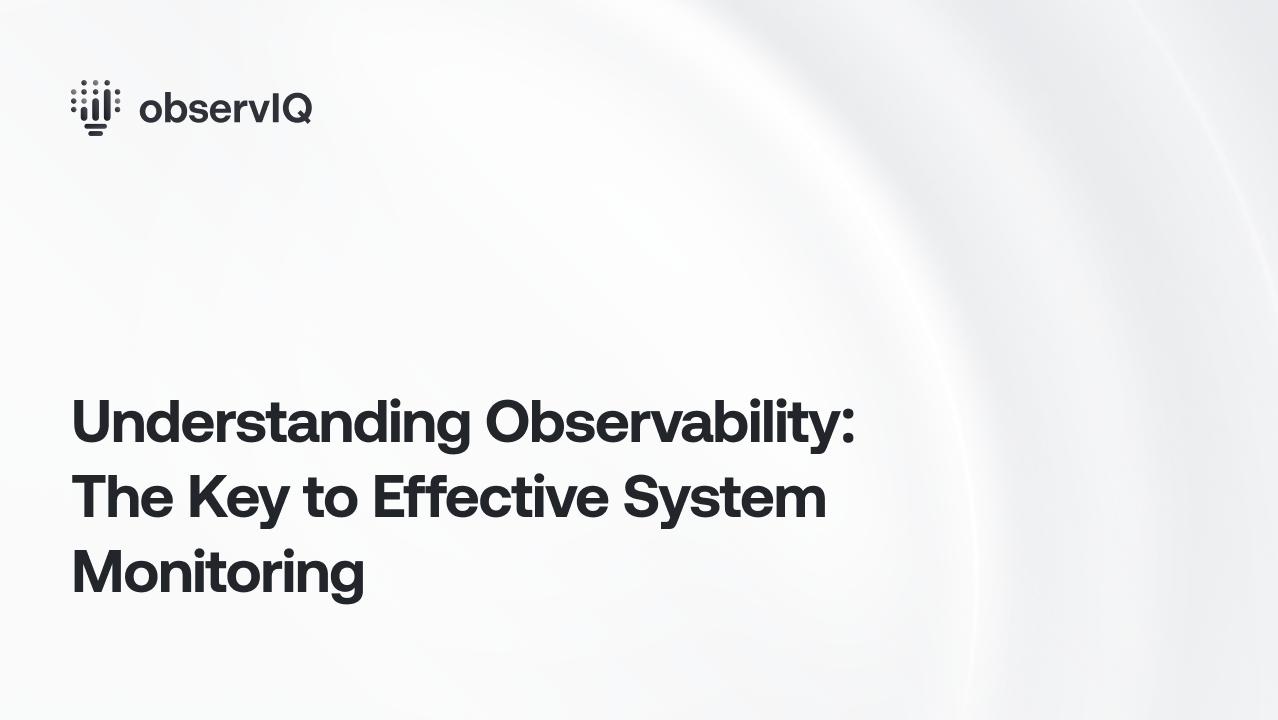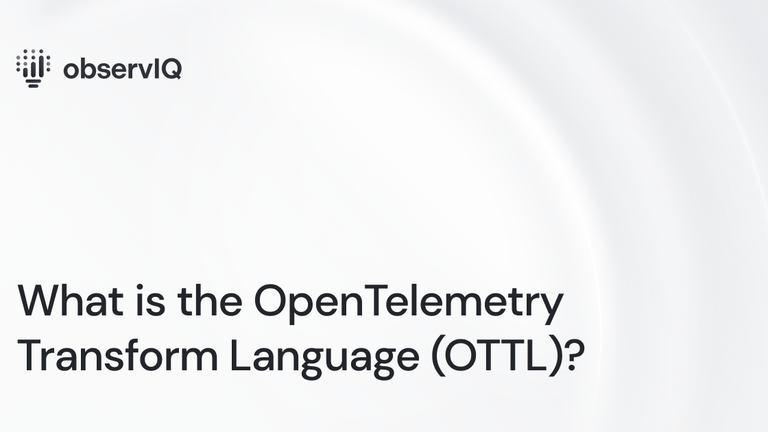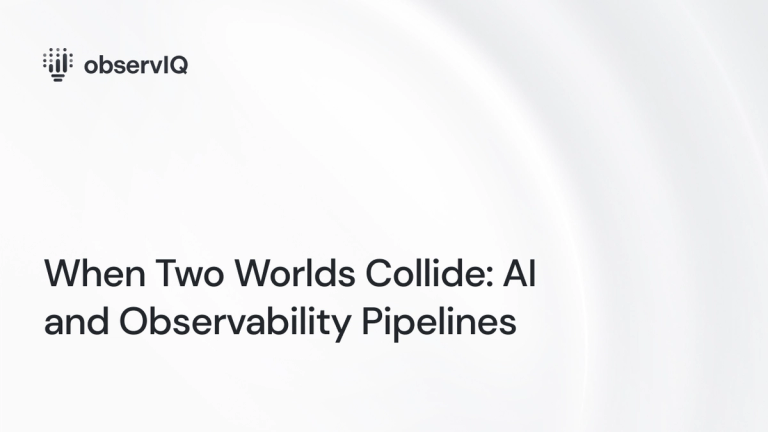Understanding Observability: The Key to Effective System Monitoring

In the rapidly evolving landscape of modern tech, system reliability has become a critical factor for businesses to succeed. To ensure the stability and performance of complex distributed systems, companies are relying on observability—a concept that isn’t synonymous, but instead goes beyond traditional monitoring approaches. In this blog post, we will explore what observability is, the differences between telemetry data of metrics, logs, and traces, and why observability pipelines are essential for complete visibility.
What is Observability?
As our CEO, Mike Kelly, defined with The Cube at KubeCon EU, “There are many answers to that question but there’s a technical answer in that it’s the ability to know the state of a system.” Ultimately one is wanting to gain insights/analysis into the internal workings of a system based on its external outputs. Unlike monitoring, which focuses on specific metrics or predefined events, observability aims to provide a complete understanding of not just the system’s state, but also behavior and performance. It enables teams to proactively identify issues, troubleshoot problems, and make informed decisions to improve system reliability.
Telemetry: Understanding the differences between Metrics, Logs, and Traces
To achieve observability, it is crucial to have a clear understanding of the different types of telemetry data that can be collected and analyzed. Now there’s debate of other forms but we’ll stick to the basics of metrics, logs, and traces:
Metrics
Metrics are quantitative measurements that provide insights into the behavior of a system over time. They are typically numeric values representing a particular aspect of system performance, such as response time, error rate, or resource utilization. Metrics are essential for tracking trends, setting thresholds, and triggering alerts based on predefined conditions.
Logs
Logs are textual records that capture specific events and activities within a system. They provide detailed information about what happened, when it happened, and potentially why it happened. Logs are valuable for troubleshooting issues, conducting post-incident analysis, and auditing system activities. They often include information such as timestamps, log levels, error messages, and contextual data.
Traces
Traces provide a way to visualize the flow of transactions or requests across a distributed system. They capture the sequence of interactions between various components and services, allowing teams to identify performance bottlenecks, latency issues, and dependencies. Traces are particularly useful in microservices architectures, where understanding end-to-end request flows is crucial.
The Importance of Observability Pipelines
To harness the full power of observability, organizations must establish robust observability pipelines. These pipelines are responsible for reducing, simplifying, standardizing and helping organizations scale their telemetry data from different sources to one or multiple destinations. Below are three points as to why these pipelines are essential:
Data Aggregation
Data is growing exponentially and observability pipelines gather telemetry data from various sources, including metrics, logs, and traces. By centralizing and standardizing this data, organizations can have a holistic view all in the same format.
Routing
With the massive amounts of telemetry data collected, organizations can easily route to appropriate destinations based upon business requirements. Whether its for real-time analysis or storage for compliance reasons being able to transport data is key
Filtering
A report from the European Commission suggested that up to 90% of the data collected within organizations is never analyzed or used strategically. With observability pipelines, companies can remove unnecessary data sending what matters to different endpoints reducing the amount being ingested, ultimately saving on costs to SIEM solutions like Splunk.
Conclusion
In conclusion, observability is a game-changer offering a holistic understanding of system behavior, proactive incident response, and faster problem resolution. By implementing robust observability pipelines and leveraging the power of telemetry data, organizations can enhance system reliability, mitigate risks, and ultimately deliver exceptional user experiences in today’s digital landscape. Embracing observability is no longer an option but a necessity for companies seeking to thrive in an increasingly interconnected and complex world.



